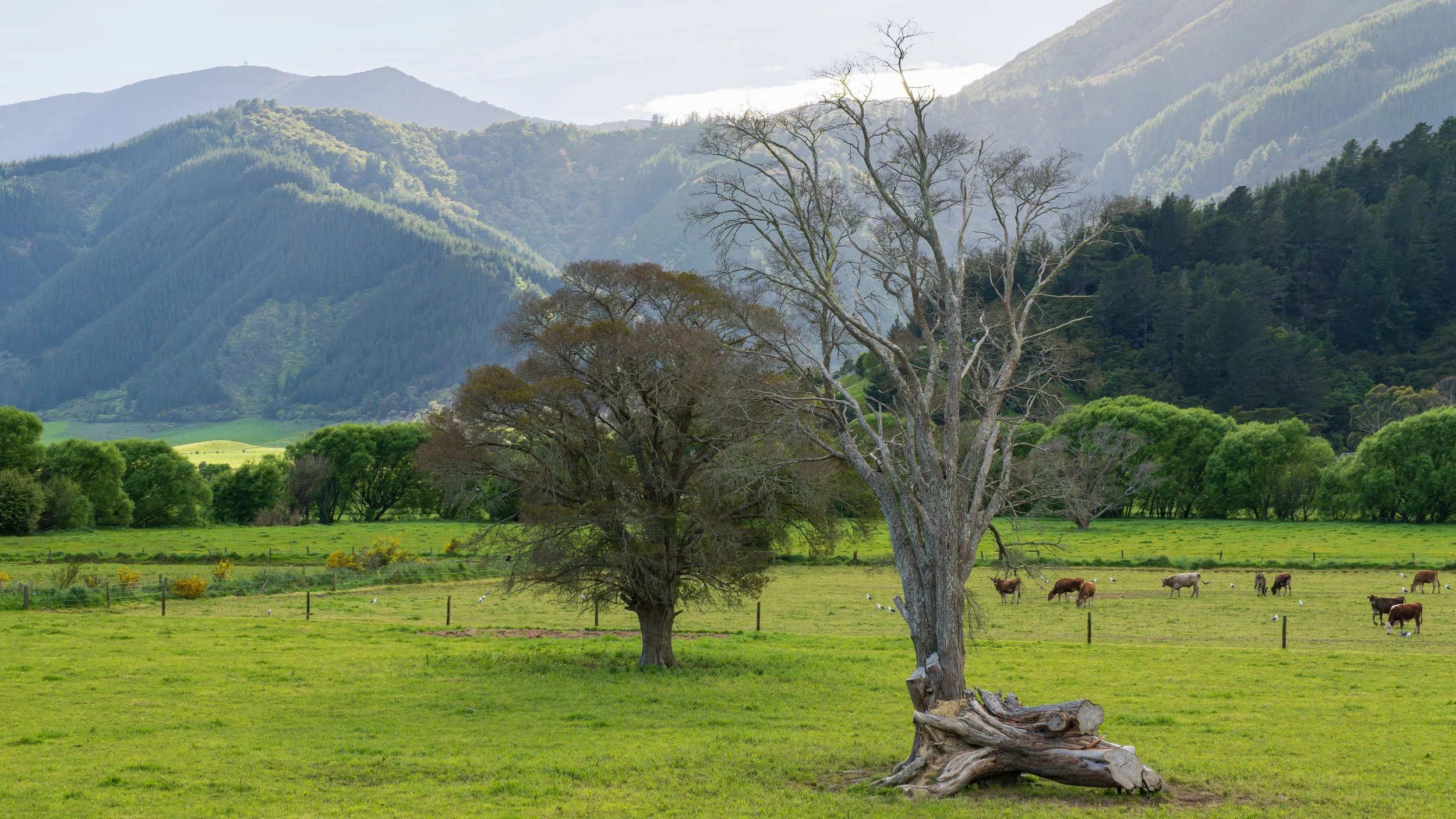Exploring Marlborough by Rail with The Marlborough Flyer
Back in August 2025, the Pounamu Tourism Group, who operate The Marlborough Flyer, released tickets for the only steam train journey available during the entire year of 2025. This special trip was a scenic journey from Blenheim to Picton and then back again to Blenheim. The ticket price was very reasonable at just $49 per person, making it an affordable and attractive option for locals and visitors alike. I thought this was a wonderful opportunity, especially since I had never travelled by train on the route between Blenheim and Picton before. It seemed like the perfect chance to experience the region’s beautiful scenery, including views that you don’t normally get to see when driving along the road. Without hesitation, I booked a ticket for the 8am departure on Sunday, the 26th of October. On that day, they were operating three trips in total, spread throughout the day to accommodate different schedules.
On the 23rd of October, a severe weather system brought strong, hot, and dry winds that sparked multiple fires, significantly impacting the northern region of New Zealand’s South Island. In response to the heightened danger, Fire Emergency New Zealand (FENZ) promptly imposed an extraordinary section 52 fire ban specifically for the Marlborough area, which remained in effect until Monday, the 27th of October. Due to these restrictions, the Pounamu Tourism Group made the necessary decision to replace the traditionally coal-fired Ab608 Steam Locomotive with the classic diesel-powered DC 4375 for their excursions. The DC 4375 embodies a later chapter in New Zealand’s railway heritage, originally built as Da 1540 in 1967. This locomotive served New Zealand Railways for a total of 12 years in its initial form before being extensively rebuilt and reclassified as DC 4375 in 1979. Although it was somewhat disappointing not to have the chance to experience the iconic coal-fired Ab608 Steam Locomotive in operation, the journey behind the DC 4375 offered a unique and special opportunity. We became the ‘first’ passenger service since the locomotive entered preservation and underwent a thorough, heavy overhaul. This milestone made the trip not only memorable but also a truly rewarding experience for all involved.
Having never photographed from a moving train before, I decided to pack a smaller camera bag, bringing along only one camera lens, my trusted Sigma 18-50mm lens. Since this lens lacks image stabilisation, I was fully reliant on the camera body's built-in image stabilisation to help reduce any blur. Aware of this limitation, I knew I would need to use fast shutter speeds to capture sharp, in-focus photos despite the movement. I had also planned to take some video footage from the train, but given the quite bumpy ride, I ultimately chose not to shoot video. Using a gimbal would have been ideal for smooth footage, but since I didn’t have one with me, it seemed best to focus solely on photography during the journey.
Classic Diesel-Powered DC 4375
As we left Blenheim, we travelled past expansive vineyards that stretched out before us, and then wound our way around the back section of the Para Wetlands. This area was once a vast kahikatea and totara swamp during pre-colonial times, rich with native flora and fauna. Most of the forest was harvested and transported by rafting down the Tuamarina River to the nearby township of Tuamarina. Historically, large numbers of birds and fish thrived in this region, making it a vital food-gathering area for local Maori communities. Because there was only an extremely limited difference in elevation between the northern and southern ends of the swamp, attempts to drain the wetlands proved to be impractical. As a result, the wetland itself survived much of the colonial development surrounding it. Willow trees were later planted in the area, supposedly to prevent flooding, but in truth, their presence significantly degraded the natural habitat, altering the ecosystem more harmfully than initially anticipated. Fish and Game have poisoned the majority of the willows, and as a result, a comprehensive restoration plan is now underway to revegetate the remaining wetlands with carefully selected native species.
On the northern side of the Para Wetlands, the landscape gradually opens up to expansive farmland, predominantly supporting dairy farming operations. The surrounding hillsides are adorned with dense pine plantations, adding a contrasting texture to the otherwise pastoral scene.
Once we arrived in Picton, there was a brief fifteen-minute break while the DC 4375 had to be disconnected from the carriages and then carefully reconnected to the front carriages in preparation for the return journey back to Blenheim. As we departed Picton, the DC 4375 faced the challenge of climbing a steep elevation, with a gradient of 1 in 37. The powerful 12-cylinder engine of the DC 4375 emitted an impressive, deep roar as it ascended the incline, yet it managed the climb with remarkable ease and smoothness.
The journey back to Blenheim was very pleasant and enjoyable, although by this stage the wind had picked up quite noticeably. Overall, it was a worthwhile and fulfilling journey, as the staff were not only very friendly but also genuinely knowledgeable about the area. I truly had a great time throughout the entire experience and will certainly look forward to doing this journey again in the future.
















